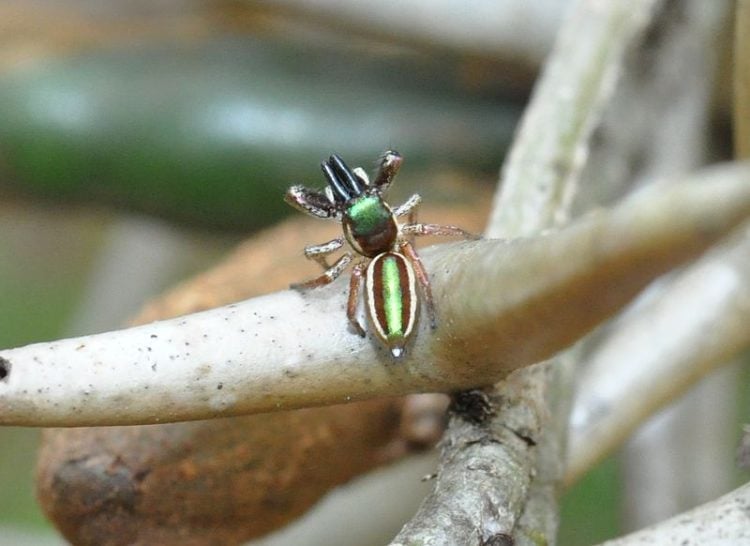Inspired by the works of Stan Herd and the famous Nazca Lines of Peru, American artist Daniel Dancer creates unique paintings made of latex paint and a lot of people.
66-year-old Daniel Dancer has spent the last ten years of his life traveling the world over and creating unique artworks, choreographed and immortalized from way up in the sky. Upon discovering the mysterious Nazca Lines, in South America, he wanted to create his own artistry, so he bought some paint, gathered 800 school children and made a giant salmon, in Oregon.
So far, the Kansas-based artist has created hundreds of human paintings and has convinced thousands of people to participate in his Art of the Sky project. His artworks include a bald eagle made with the help of 1,400 people and a portrait of Barrack Obama.
To properly choreograph the participants in the Art of the Sky project, Daniel Dancer climbs in hot air balloons or large cranes. When everyone is in place, he asks the people to lie on their hands and knees, so the largest amount of color is exposed.





















